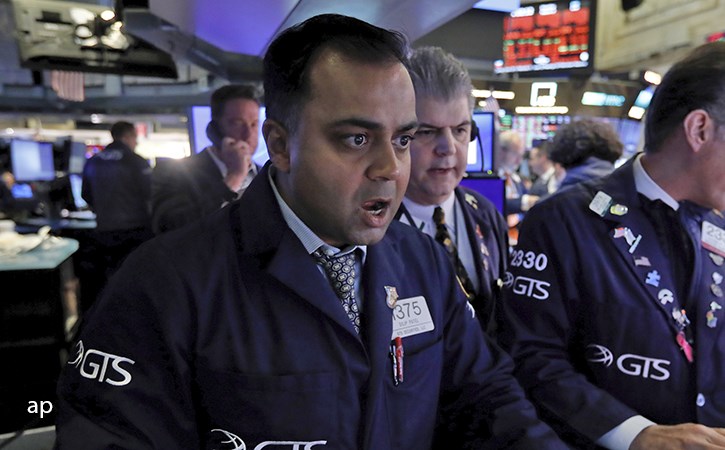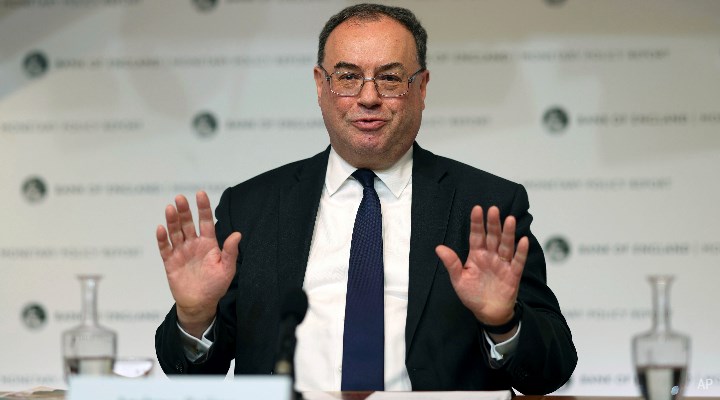
UK inflation rose to 5.5% in January, the highest level for nearly 30 years, according to an Office for National Statistics (ONS) report this morning. It's another increase on the 5.4% annual increase seen in December, a rise which prompted the Bank of England to raise interest rates to 0.5% earlier in the month.
All eyes are on energy and food prices, but last month clothing and footwear were also partly responsible, as fewer January discounts were on offer than usual.
“Clothing and footwear pushed inflation up this month and although there were still the traditional price drops, it was the smallest January fall since 1990, with fewer sales than last year,” ONS chief economist Grant Fitzner said. (For more on how the inflation “basket” is put together, we’ve put together this explainer.)
Breaking down the ONS figures in terms of percentage increases, we see that:
- Transport costs, including new and used cars, increased 11.3%;
- Household equipment and maintenance jumped by 8.4%;
- Electricity, gas and other fuels prices rose 7.1%;
- Clothing and footwear increased 6.3%;
- Food and non-alcoholic beverage prices rose by 4.3%.
With Ofgem about to lift its energy price cap to nearly £2,000 in April, there’s no sign of inflation abating in the near term either. There’s more bad news coming, notes Killik investment director Rachel Winter, including a national insurance hike and rail fare increases of 3.8% in March. The latest employment and wages figures, released on Tuesday, also show salaries failing to keep pace with rising inflation despite pay rises seen in some sectors.
Central Banks Under Pressure
At the latest Bank of England monetary policy committee (MPC) meeting, four of its nine attendees voted for an increase of 0.50%, and the BoE predicted that inflation would rise above 7% in the coming months. The last time that consumer price inflation was that high was in March 1992, when CPI hit 7.1%. All western central banks are being criticised for being slow to tackle soaraway inflation, but the Bank of England is so far the only one to have acted.
In the United States, the cost of living rose by 7.5% in January on the same month of 2021, the largest increase in 40 years, driven by the soaring price of energy, used cars and food. The Federal Reserve has teed up a rise in March, although there has been talk of an emergency rate hike in the interim, while the European Central Bank has pencilled in an increase later in the year (which would be the first since 2011).
Ambrose Crofton, global market strategist at JP Morgan Asset Management, says the Bank faces a difficult balancing act.
“It needs to assert its credibility and commitment to bringing down inflation. At the same time it doesn’t want to hamper the nascent recovery given all the work done to support the economy in the last two years," he says. Crofton now expects 25 basis point rises at each meeting in coming months. The next meeting is on March 17.
That said, the Bank may stop raising interest rates at 1.25% rather than the 1.75% the market is forecasting, observes Willem Sels, global chief investment officer, HSBC Private Banking and Wealth. “It knows that the factors behind inflation are also the drivers behind lower real income, which threaten to limit economic growth,” he says.
Bond Yields Still Below 2%
What about financial markets? The 10-year UK government bond is yielding 1.6%, which is a decent indicator of where bond markets expect inflation to be in the longer term. While this yield has gone from 0.6% to 1.6% in a year, it hardly suggests the fixed income market is panicking, says AJ Bell’s head of investment analysis Laith Khalaf.
“Despite inflation dominating the narrative over the last six months, it’s not hugely apparent in market pricing,” he says. For comparison, two-year and five-year gilts yield 1.5%.
Elsewhere, the FTSE 100 has benefited from a rotation back to value, and is up 1.55% in the year to date above 7,600 points, close to levels before the 2020 pandemic crash, and it’s one of the better performing developed markets over the last year. Investors are increasingly looking to high-cash-generating companies that populate the UK stock market as a buffer against soaring inflation. Despite the cost of living crisis, the UK economy is still in reasonable shape, argues BestInvest managing director Jason Hollands. Unemployment remains low and the economy is still growing at a decent pace.

























